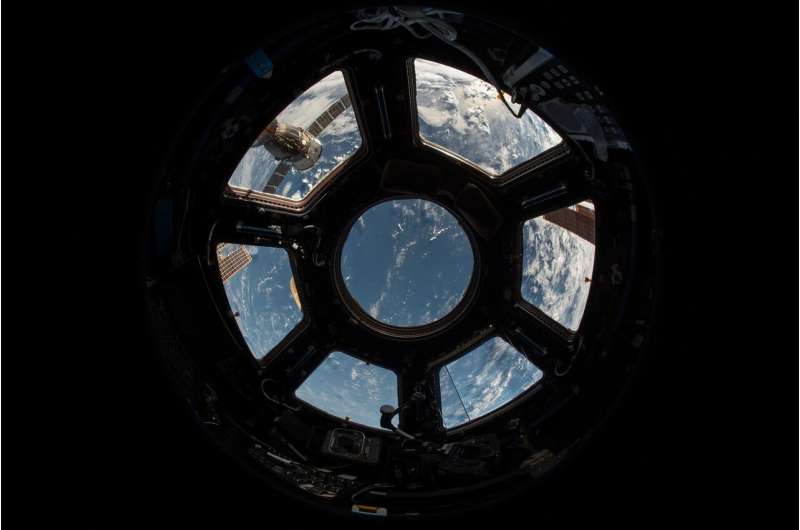Original plans were to have Starliner only docked to the ISS for about eight days before a planned return flight home that would take Wilmore and Williams for a landing in one of several desert sites in the the Southwest United States.
But during their trip to the station, Starliner had five of its RCS thrusters fail while also identifying several helium leaks in the spacecraft's propulsion system, which is housed in the attached service module, hardware that will be jettisoned before reentry.
The Starliner, though, safely docked and the valves were shut to cease any further helium leaks. Teams were also able to get all but one of the thrusters back online, although at reduced power.
Boeing and NASA in time decided to hold off any return trip plans as they worked through ground testing to simulate the stresses the thrusters the spacecraft endured on the trip up and figure out why some of them failed while also delving into the helium leak issue. Last week, the likely causes for both were revealed during a press conference, and the path toward a decision for a return trip home was laid out.
That included this weekend's hot fire test.
Teams sequentially fired 27 of the spacecraft's RCS thrusters for one pulse each to confirm their power. Aft-facing thrusters were fired for 1.2 seconds while the rest were fired for .40 seconds, according to Boeing.
"The integrated teams between Starliner and ISS worked extremely well together this week to finalize and safely execute the docked hot fire sequence," said Mehring.
Boeing stated the thrusters performed "at peak thrust rating values, ranging from 97–102%," according to the release.
The company stated the helium system also remained stable, and noted an RCS oxidizer isolation valve that was not properly fitted fully was now operating normally after it opened and closed several times.
"The last several weeks have been really helpful to understand the helium and thruster anomalies and how to address these problems for future flights," said Boeing's VP of commercial crew Mark Nappi during a press conference last week. "That's been the real goal here, is to be able to address future flights and to gain the confidence that we needed."
Boeing is on contract to provide six trips to the ISS, but NASA on Friday revealed the earliest that the first mission, Starliner-1, would take place would be August 2025, which would allow Boeing time to put in corrective fixes to the service module based on this mission's findings.
The hot fire test follows one performed in the weeks after it arrived on the ISS, and paves the way for NASA to hold a Flight Test Readiness Review likely later this week.
The results of the review will determine when Starliner will be undocked from the station and if Williams and Wilmore will be on board when it flies home.
Boeing said undocking dates are available throughout August, but NASA will have to make a decision on getting either that spacecraft home or sending the Crew-8 astronauts that have been on board since March in their Crew Dragon spacecraft to make room for the Crew-9 replacements flying up on their own Crew Dragon.
The Crew-9 flight is currently on schedule to fly up no earlier than Aug. 18. NASA would prefer to do a handover so that both Crew-8 and Crew-9 are on board at the same time, something that would require Starliner to vacate its parking spot, as there are only two ports on board the ISS capable of having either Dragon or Starliner docked.
NASA Commercial Crew Program Manager Steve Stich said last week that returning Williams and Wilmore to Starliner remains the preferred choice, but that alternatives have been laid out as well.
"I think we're starting to close in on those final pieces of the flight rationale to make sure that we can come home safely, and that's our primary focus right now," Stich said.
"We have contingency options. We've put those in play. NASA always has contingency options. We know a little bit of what those are, and we haven't worked on them a whole bunch. But we kind of know what those are. But right now we're really focused on bringing Butch and Suni home on Starliner."
2024 Orlando Sentinel. Distributed by Tribune Content Agency, LLC.



